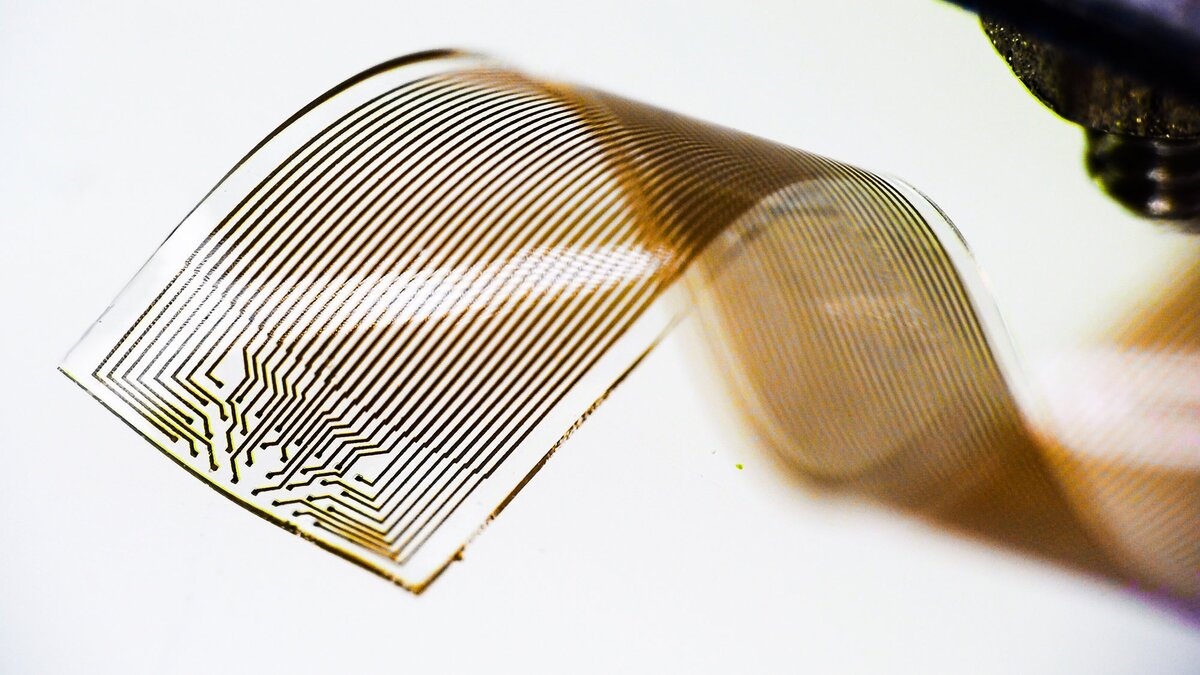Iranian Researchers Working on Developing Highly Stretchable Nanosensors

The researchers at Tehran-based Amirkabir University of Technology's Faculty of Textile Engineering have surveyed the possibility of generating electric current from tensile loading and buckling which is result of tensile loading itself in piezoelectric polymer PVDF to produce electric batteries that are recharged with human body movements.
The piezoelectric effect is considered a unique property that allows materials to convert mechanical energy into electrical energy and vice versa.
Behrang Adeli, Ph.D. from AUT and the head of the technological project entitled "Production of PVDF/PU nanofibers layers in order to study the impact of intermittent tensile loading on electric current generation" said that electric current is generated from piezoelectric materials as a result of pressing materials with piezoelectric properties.
“The purpose of this project was to investigate the possibility of creating electric current through tensile loading and buckling in a piezoelectric material,” the researcher said.
Studies online on the internet say that since PVDF is a very flexible material, four-point bending, tube bending and a tensile machine experiments are used to study its piezoelectric response in quasi-static mode. Moreover, Piezoelectricity is the electric charge that accumulates in certain solid materials.
“By creating suitable conditions and finally producing a polymer mixed layer from two types of Poly (Vinylidene Fluoride) (PVDF) and PU (Polyurethane polymer), each of which has special properties, it is possible to obtain a desired layer to check the possibility of producing electric current from that layer,” the AUT researcher said.
“These two polymers, one that generates power by pressing it, and the other is stretchable in essence that can be stretched several times the initial length, with combining of the two and finding the right limits for the combination, it was expected to bring about a fundamental change in the use of piezoelectrics,” Adeli added.
The Amirkabir PhD candidate went on to describe the project as cutting-edge technology and added that their project could pave the way for and assist other researches.
He highlighted that their project is unique and completely new that has no parallel both inside the country and outside.
As regards what the applications of the project could be, he said, “By using this product, it is possible to make rechargeable batteries that can be attached to the human body by putting it in sports clothes, which can, for example, recharge a mobile phone battery with human movements such as doing exercises or stretching and buckling of the hands and feet.”
“Also, by using the results of this research one can make highly stretchable nano-sensors that generate electric current from tensile loading and could attain the ability to measure the volume of tensile with the generated electric current,” Adeli added.
“With this product, it is possible to generate energy in devices that need recharging, but it is not possible or difficult to replace their batteries, and it can be used in medical applications such as heart pump batteries and physiotherapy restorers,” the young researcher continued.
4155/i





















